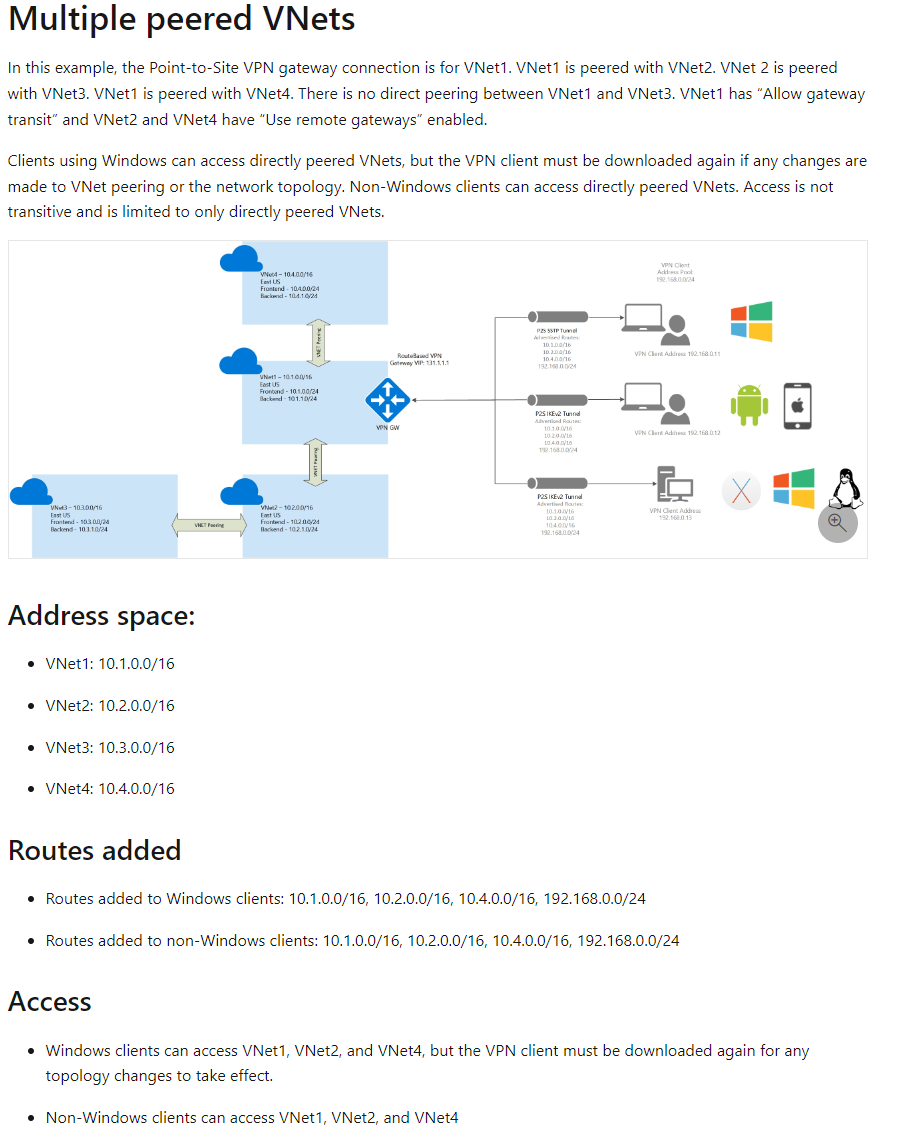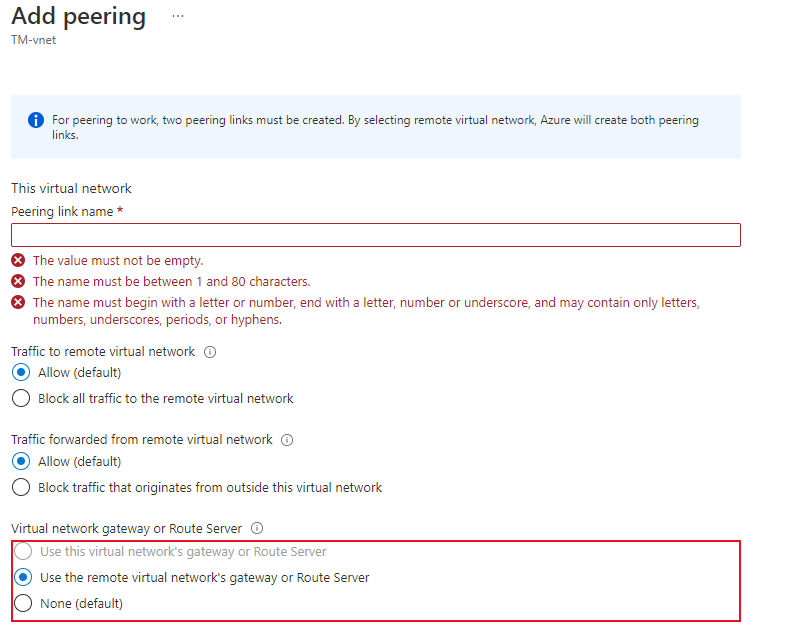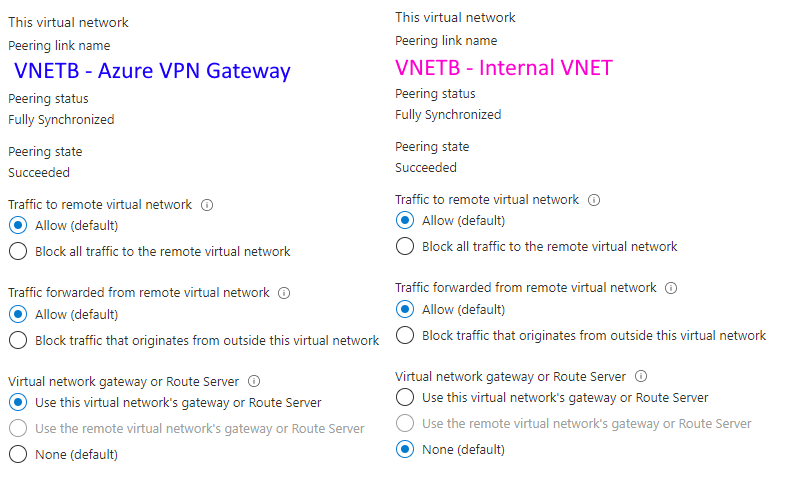This is most likely a routing issue.
The P2S configuration for your VPN client must contain the address space of both of your VNETs in order for routing to work. You also need to make sure that "Allow gateway transit" is enabled on your VNET-B peer and "Use remote gateways" is enabled on your VNET-A peer.
Have a look at this diagram which explains this well. Also, make sure to download your P2S VPN client configuration from the portal again after making any changes, this needs to be re-imported to your devices.




